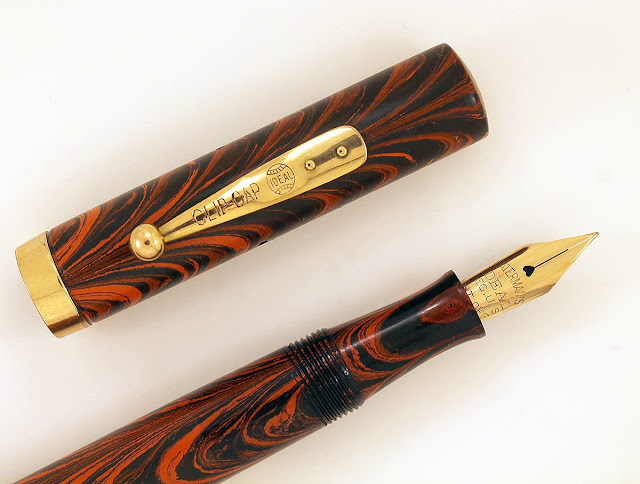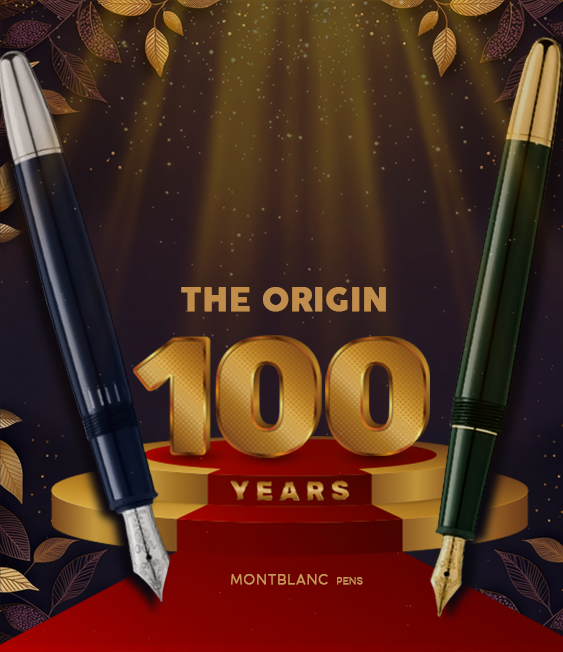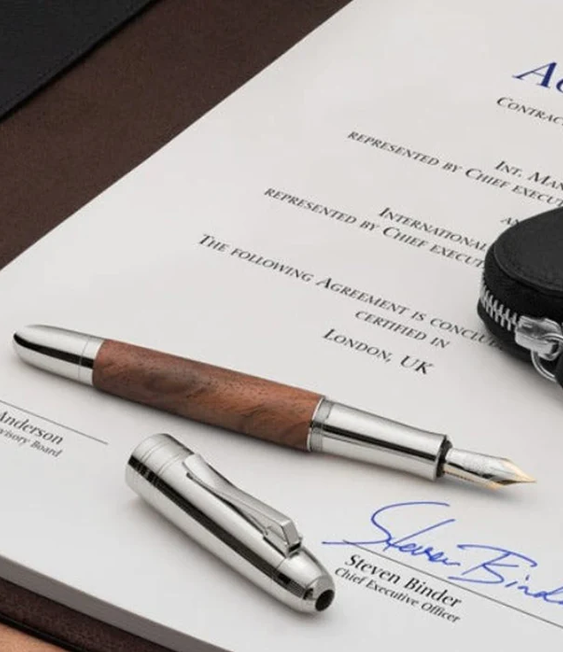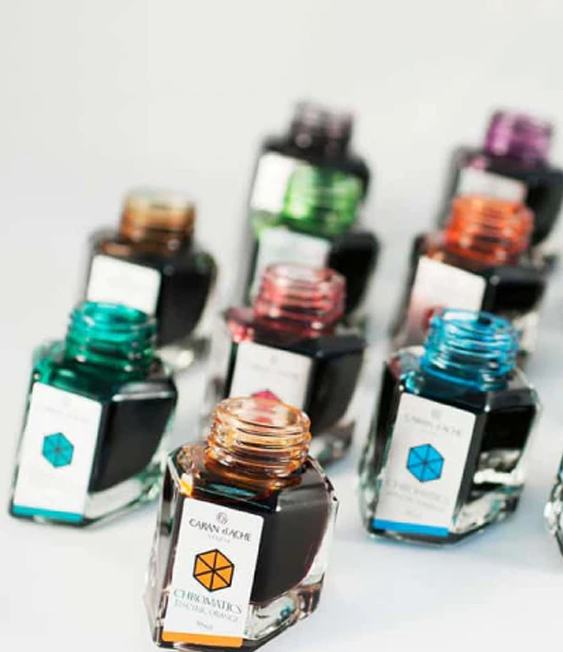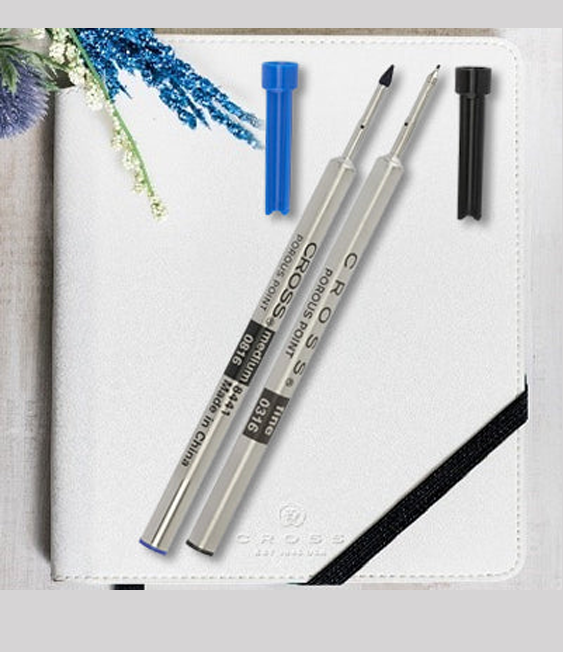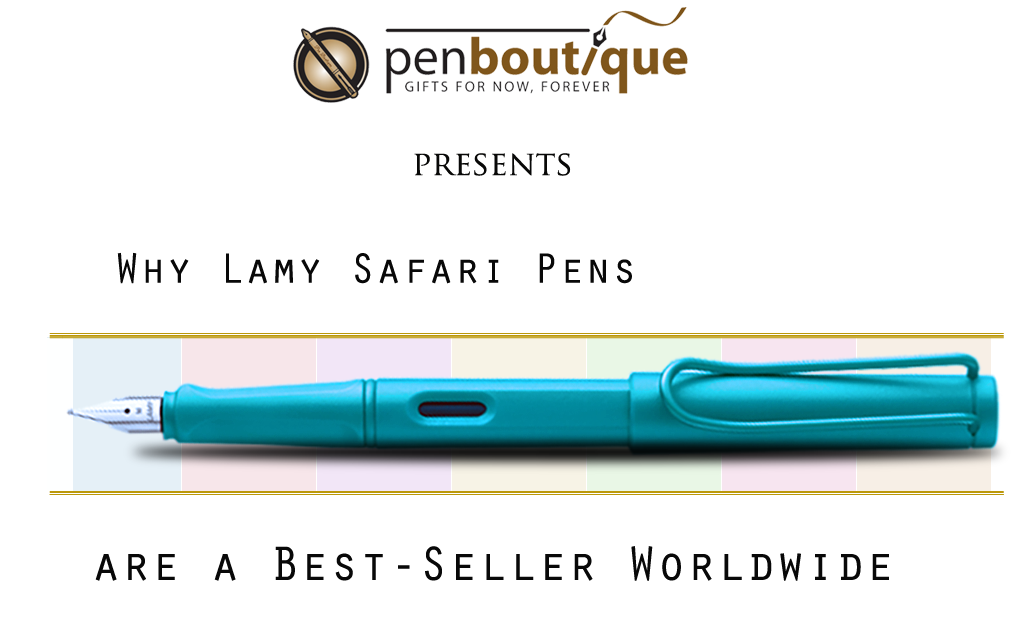Interesting Facts About Fountain Pens Part #1
Hey everyone today we are going to be looking at a little bit of a different blog because instead of detailing a specific brand or pen I'm going to be looking at some interesting things and facts about fountain pens. The list won't be in any particular order and will just be kind of a collection of interesting facts instead of some particular order or ranking. I think we will take a look at some historical facts that are kind of interesting but maybe also some reasons that make fountain pens more appealing than the other options available.
Fountain pens use capillary action to function

Fountain pens may seem a little complicated on first glance but its really not too bad and what allows them to function is a pretty interesting piece of science that is called capillary action and when this is paired with gravity it allows for the pen to work as it should. The weight of the ink pulls it down through the nib to some extent thanks to gravity but this ink flow has to be controlled somehow or else you would just end up with a puddle of ink on your page, thats where capillary action comes in. The base definition of capillary action is as follows "Capillary action is the process of a liquid flowing in narrow spaces without the assistance of, or even in opposition to, external forces like gravity.". The feed is really narrow in most fountain pens which means that no air can get in when it's not being used so the ink won't flow unless something makes it like when you drag the nib across paper.
High end pens use solid gold for their nibs
Dating back to even vintage pens, gold has always been the standard for fine writing instruments with steel also being available but gold being the gold standard, pun intended. There are a couple of reasons for this luxurious upgrade the most obvious of which is because gold is a much softer metal than stainless steel. This allows for a more pleasurable writing experience because it adjusts for different hand pressures, think of it kind of like shock absorbers that keep the pen writing well. This also causes more line variation which can make your writing look like it has a little more character than if you were to write with a ballpoint that doesn't really allow for that same character.
The modern fountain pen was developed in 1884
Lewis Waterman was a salesman and was prompted to start work on a new fountain pen design after the one he was using for an important deal leaked which caused him to loose the deal. He first created the "three fissure feed" which was the first fountain pen to use capillary action which allowed for the controlled inflow and more reliable writing experience that Waterman prided themselves on. The early Waterman pens are still in high demand on the vintage market and I personally love the look of their red ripple ebonite that they used for their 52 model.
Fountain pens go up to multi-million dollar price points
Fountain pens don't have to be expensive, especially now you can get fountain pens for as little as a few dollars but the opposite is also true with heritage brands like Montblanc splashing out now and then for a truly stunning writing instrument that turns more into jewelry than a pen. Pictured above is the Montblanc High Artistry for the Great Wall of China and is a 1/1 piece made by the brand in solid gold, adorned with precious gems and a 5 carat diamond on the top of the cap. The body also sports an interesting clear section towards the back that is actually a music box built specifically for the dimensions of this pen. Montblanc isn't the only one making pricey pens though, brands like Montegrappa are also very well known for their lavish special editions!
Writing is impacted by not only the pen but also paper and ink
Obviously the actual pen that you choose will steer your writing in a specific direction because thats when you pick out things like nib size and the material used for the nib but thats not the only factor that has an impact on how a pen writes. Inks can be dry, wet or just middle of the ground well lubricated inks which can flow differently from your nib and also make the nib feel different. Dry inks will tend to come out thinner and make the nib feel more present on the paper because there is less lubrication between the nib and the page. Wet inks will be the opposite and often come out fairly broad but make your nibs feel really smooth and well lubricated. Paper also plays a factor because more absorbent paper will not look good with more wet nibs and dry inks will be harder to see on less absorbent paper so it just shows that you have to take all factors into account for the best writing experience.


